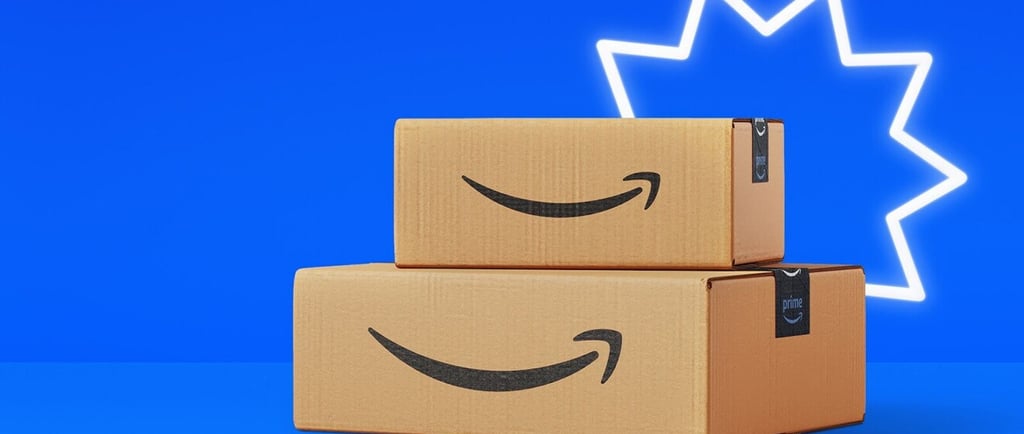items chosen one by one so you have the best option and save money on amazon (Links in articles)
Is Amazon Warehouse Automation a Threat or Opportunity for Jobs?
Amazon’s use of automation in its warehouses has sparked intense debate. As robots and AI technologies increasingly replace manual tasks, many wonder: Is automation a threat to jobs, or could it actually create new opportunities? In this article, we’ll explore the impact of Amazon’s warehouse automation on employment, the benefits and challenges it brings, and what the future workforce might look like.
6/18/20252 min leer


🏭 What Is Amazon Warehouse Automation?
Amazon uses advanced automation technology in its fulfillment centers, including:
Robotic picking and packing systems (like Amazon Robotics/Kiva robots)
Automated conveyor belts and sorting machines
AI-driven inventory management and quality control
Autonomous vehicles for internal transport
These systems accelerate order processing, reduce errors, and improve efficiency.
Amazon Link: https://amzn.to/4469tvP
⚠️ The Threat: Job Displacement Concerns
The main fear is that automation will replace human workers, especially those in repetitive roles such as:
Picking items from shelves
Packing boxes
Sorting packages
Transporting goods within warehouses
Reports show some jobs have been reduced or changed in nature due to machines performing these tasks faster and with fewer errors.
🌟 The Opportunity: Job Transformation and New Roles
However, automation also creates opportunities, including:
New jobs in robot maintenance, programming, and supervision
Higher-skilled roles in data analysis and logistics optimization
Improved working conditions by reducing physically demanding tasks
Increased warehouse capacity, enabling company growth and new hiring
Amazon invests in employee training and programs like the Career Choice Program, which helps workers gain new skills.
Amazon Link: https://amzn.to/4469tvP
📊 Data Insights: What the Numbers Say
A 2024 study showed Amazon’s automation increased warehouse productivity by 40%.
Despite automation, Amazon’s U.S. warehouse employment grew by 15% from 2020 to 2025.
Automation helped create roles that didn’t exist a decade ago, such as Robotics Technicians and AI Supervisors.
The reality is complex: automation changes the job landscape but does not necessarily shrink it.
🤝 How Automation Affects Worker Safety and Satisfaction
By automating repetitive or hazardous tasks, Amazon aims to:
Reduce workplace injuries
Lower fatigue and physical strain
Improve overall job satisfaction for remaining roles
But challenges remain, such as the pace of work and monitoring practices.
Amazon Link: https://amzn.to/4469tvP
🌐 Broader Economic Impact
Amazon’s automation efforts influence:
Supply chain resilience: Faster, more reliable order fulfillment
Competitive labor markets: Pressure on wages and job quality
Skills demand: Growing need for tech-savvy workers
Policy discussions focus on how to balance innovation with workforce protections.
🔮 The Future: Coexistence of Humans and Robots
The most likely scenario is a hybrid workforce, where humans and machines collaborate:
Robots handle repetitive, heavy tasks
Humans manage complex decision-making, creativity, and customer service
Continuous reskilling and adaptation will be critical
Amazon Link: https://amzn.to/4469tvP
🛠️ What Workers Can Do
For those in or entering the warehouse sector, tips include:
Pursue training in robotics, IT, or logistics
Develop soft skills like problem-solving and communication
Stay informed about industry changes and upskill accordingly
📍 Final Thoughts
Amazon warehouse automation is neither a simple threat nor an outright opportunity — it’s a complex transformation reshaping jobs.
For workers, businesses, and policymakers, the key lies in embracing change while ensuring fair opportunities and support. Amazon Link: https://amzn.to/4469tvP